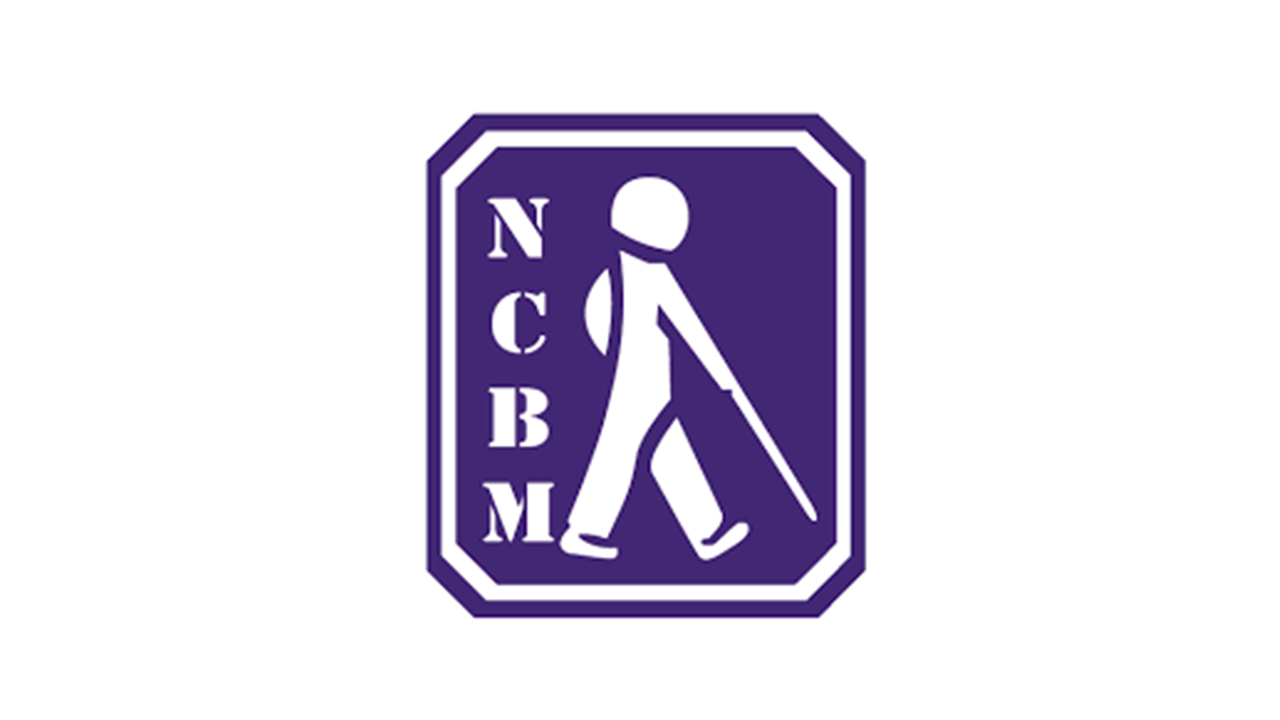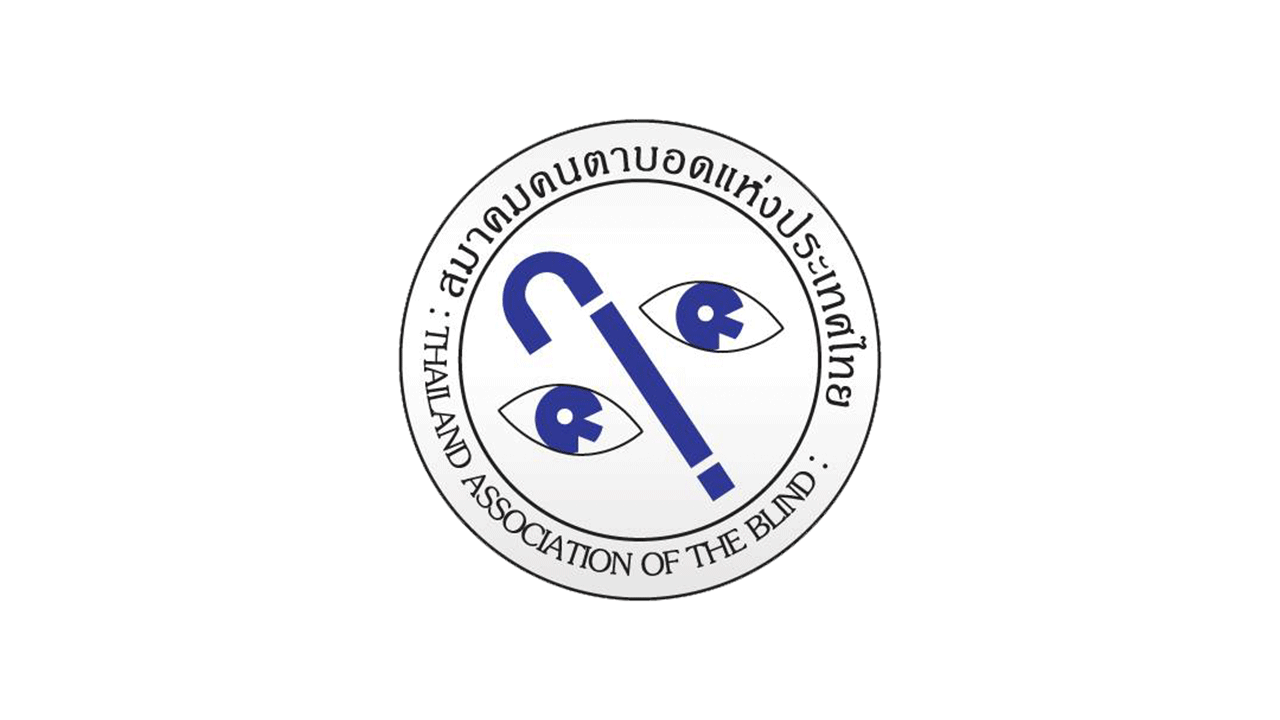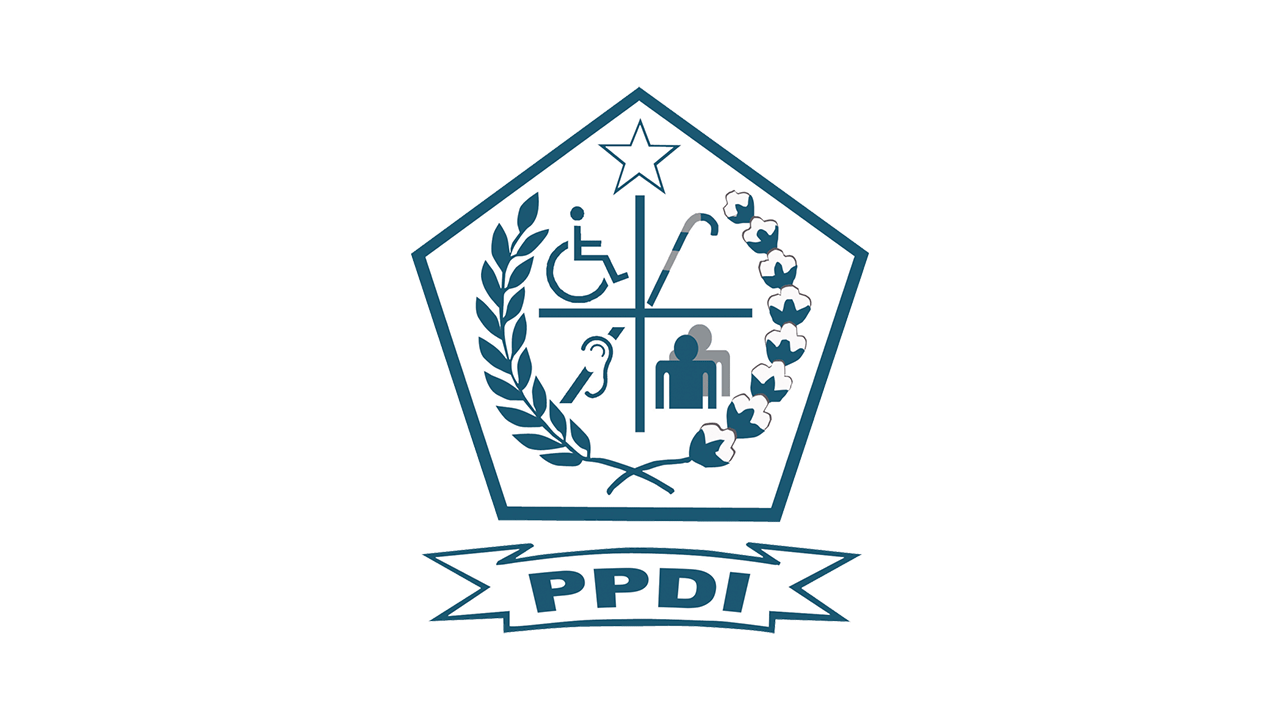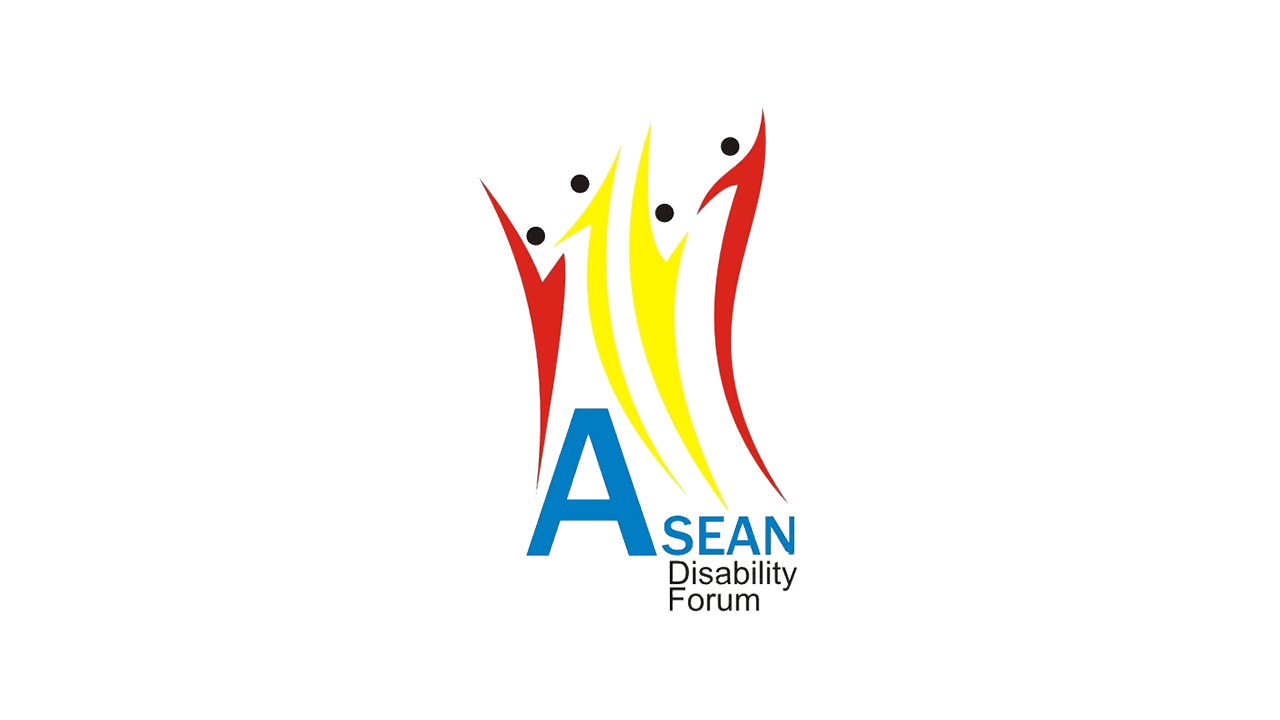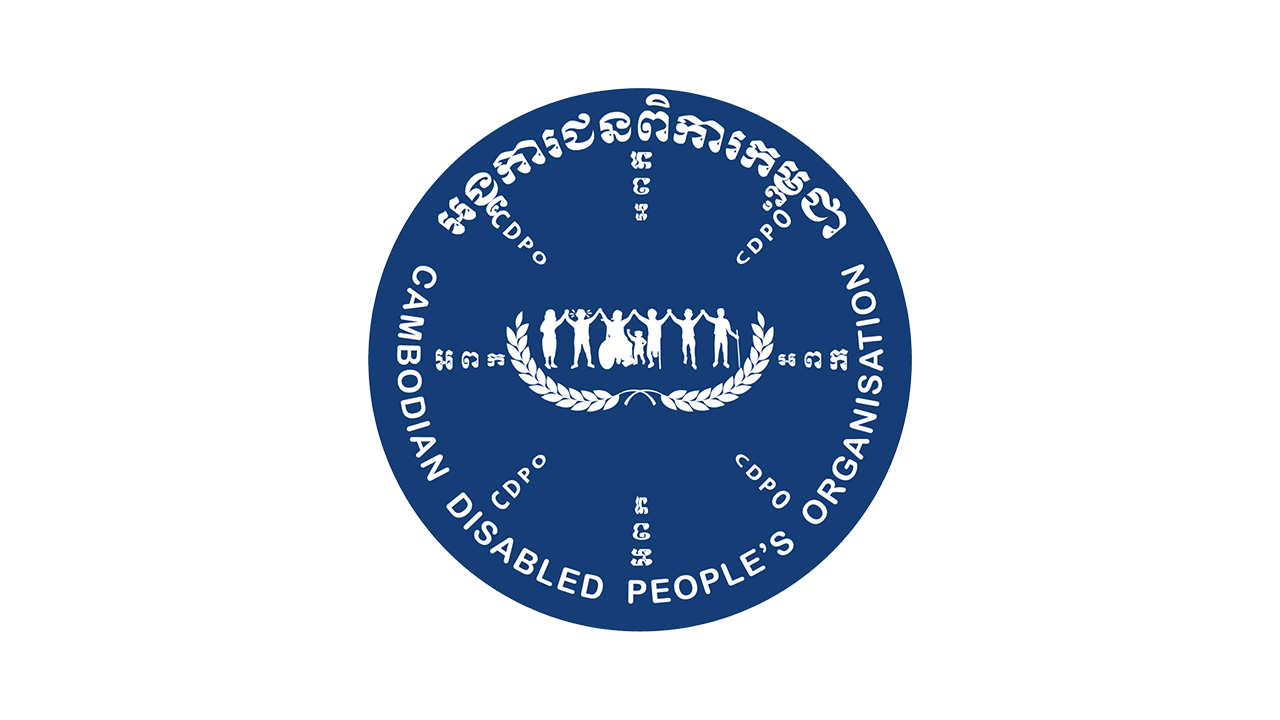The United Nations Convention on Rights of Persons with Disabilities (CRPD), commonly referred to as “the Disability Convention”, is a unique human rights instrument that serves as both a development tool and a human rights instrument. Also, it is a legally binding policy instrument which is cross-disability and cross sector. The purpose of Disability Convention, as stated in Article 1, is to “promote, protect and ensure the full and equal enjoyment of all human rights and fundamental freedoms by all persons with disabilities, and to promote respect for their inherent dignity.” The Convention stipulates aspects and sectors related to disability rights and how to adopt the principles into the legislations and program actions. Hence, every state that has ratified the CRPD should adopt the Convention into its national and local legislation. The Convention is followed by the optional protocol to implement the convention strategically in the States parties. The Optional Protocol is also an international treaty. The Optional Protocol establishes two procedures aimed at strengthening the implementation and monitoring of the Convention. The first is an individual communications procedure allowing individuals to bring petitions to the Committee claiming breaches of their rights; the second is an inquiry procedure giving the Committee authority to undertake inquiries of grave or systematic violations of the Convention.

In the 1980s, several countries started discussions about establishing a human rights treaty for people with disabilities. The next progress was a draft treaty that was completed in 2004. It was negotiated by the United Nations Ad Hoc Committee through intensive meetings in 2006. The negotiations resulted in the fastest human rights treaty enacted in the history of human rights treaties. On December 13, 2006, the United Nations General Assembly adopted by consensus the Disability Convention and its protocol. Then, it was opened for signature on March 30, 2007 at the United Nations Headquarters in New York City, USA. Over 80 countries became signatories during the opening ceremony. Jamaica was the first country to ratify. The Convention entered into force on May 3, 2008. As of October 2012, there have been 154 signatories to the Convention, 90 signatories to the Optional Protocol, 125 ratifications and accessions to the Convention, and 75 ratifications and accessions to the Protocol. Principally, the CRPD requires political will and commitment from various governmental sectors at national and local level, as well as of civil society. Moreover, the government should mainstream disability rights into their legislations at the national and local level.
The Convention clarifies and qualifies how all categories of rights apply to persons with disabilities, and identifies areas where adjustments have to be made in order for persons with disabilities to effectively exercise their rights, as well as areas where their rights have been violated, and where protection of rights must be reinforced. In addition, the Convention highlights pragmatic and action-oriented measures to be undertaken by States Parties in support of inclusive development programs. It represents a paradigm shift within the development community in which disability should be identified as an issue to be considered in all programs, not just as a stand-alone thematic issue. The Convention obligates States Parties to undertake proactively the appropriate measures to ensure that persons with disabilities participate on an equal basis with others in all facets of society.
The principle of participation and inclusion aims to engage persons with disabilities in wider society and in making decisions that will affect them, encouraging them to be active in their own lives and within the community. The Convention specifically recognizes the right to participation in political life in Article 29. This means that every person with a disability can exercise their political rights and participate equally with others in public life. Therefore, the government has an obligation to ensure the right and opportunity of persons with disabilities to vote and be elected. Also the government should provide ballots in accessible formats; a blind person might require voting material in Braille and might also require personal support in the voting booth so that his/her choice is clear. If a voting station does not have ramp access or is too far from home, a wheelchair user might be hindered from voting, hence his/her right to participate in political life is obstructed. Other key rights protected in Article 29 are that every State Party should guarantee the free expression of the will of persons with disabilities as electors and to this end, where necessary, at their request, allow assistance in voting by a person of their own choice. The government also should promote actively an environment in which persons with disabilities can effectively and fully participate in the conduct of public affairs, without discrimination and on an equal basis with others, and encourage their participation in public affairs including participation in non-governmental organizations and associations concerned with the public and political life of the country, and in the activities and administration of political parties. Article 29 ensures that persons with disabilities have equal political rights and are able to exercise them without discrimination.
Article 12 strengthens that persons with disabilities have the right to recognition everywhere as persons before the law, and that States should recognize persons with disabilities enjoy legal capacity on an equal basis with others in all aspects of life. But in many cases, persons with disabilities cannot exercise their rights due to their legal capacity. For example, EMBs restrict persons with disabilities from voting, as they are perceived as having no legal capacity due to their disability. The problem is, many EMBs still have the misconception that persons with disabilities are not capable to vote because they cannot perform as a person who has capacity to vote.

Disability rights are still viewed as a stand-alone thematic issue and not as an integral component of development programs. This paradigm correlates with article 9 of the CRPD, which emphasizes accessibility for persons with disabilities to live independently and participate fully in all aspects of life. This means that States Parties must ensure persons with disabilities access on an equal basis with others, to the physical environment, to information and communications, including information and communications technologies and systems, and to other facilities and services open or provided to the public, both in urban and in rural areas. Article 29 and 9 are significantly related to each other, specifically to ensure the rights of persons with disabilities to participate fully in political life through providing accessibility related to voting procedures, facilities and materials. In other words, the CRPD has emphasized that each human being should be treated with inherent dignity and this is a fundamental value which facilitates the meaning of human rights standards, norms and procedures to realize an inclusive society and equal rights of persons with disabilities. All efforts should be made to integrate and include persons with disabilities into all aspects of life. Finding the appropriate methods of doing so will not be possible without the participation and involvement of persons with disabilities at every stage, as reinforced by the motto of the disability community: “Nothing about us without us.” The fact of the matter is, full participation of persons with disabilities cannot be completely realized until persons with disabilities attain full access to political life; as voting impacts all other rights and decisions of the government.
Sources:
- Convention on the Rights of Persons with Disabilities: Full Participation for Persons with Disabilities in Community Life, Mark Stanford (Board of Resource Center) and Katherine Guernsey (United States International Council on Disabilities) – Pdf
- Commission for Social Development, UNESCAP, Follow-up to the World Summit for Social Development and the twenty-fourth special session of the General Assembly: emerging issues: “Mainstreaming Disability in the Development Agenda”, Forty-sixth Sessions, 6-15 February 2008 – Link
- From Exclusion to Equality: Realizing the Rights of Persons with Disabilities, Handbook for Parliamentarians on the Convention on the Rights of Persons with Disabilities and its Optional Protocol – Pdf
- www.un.org/disabilities





